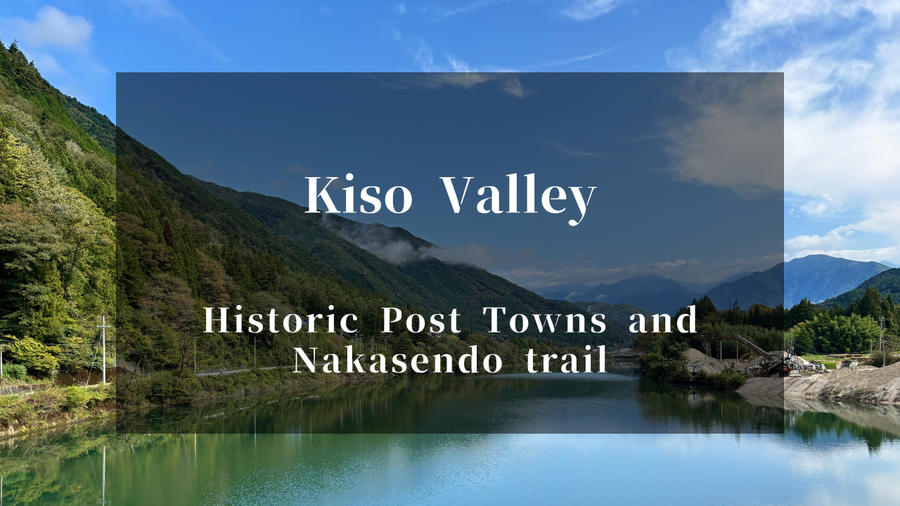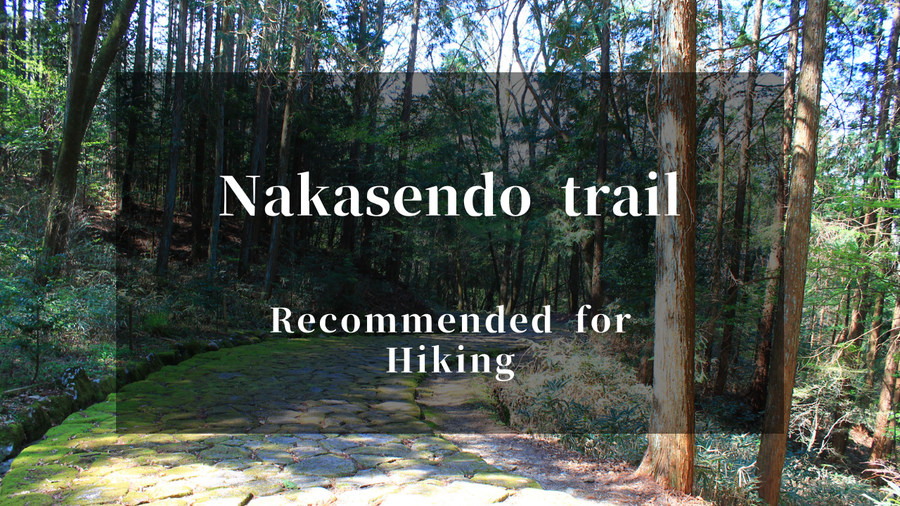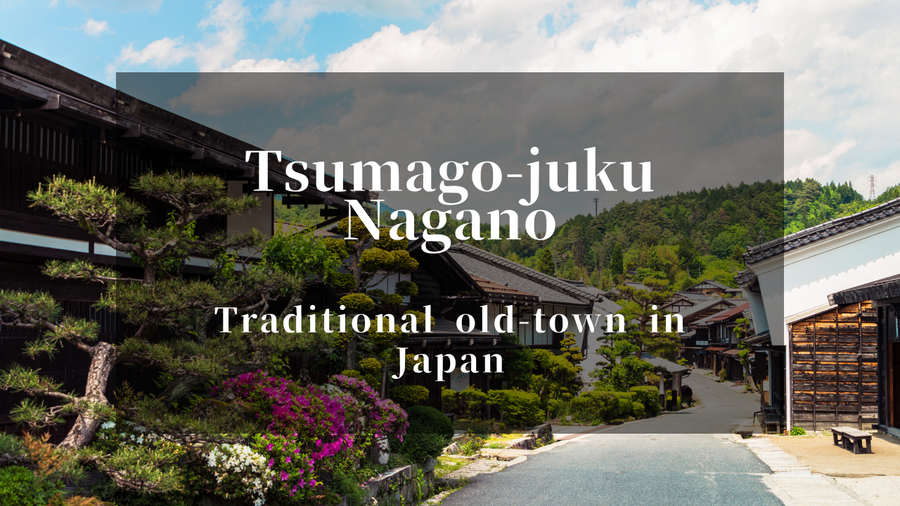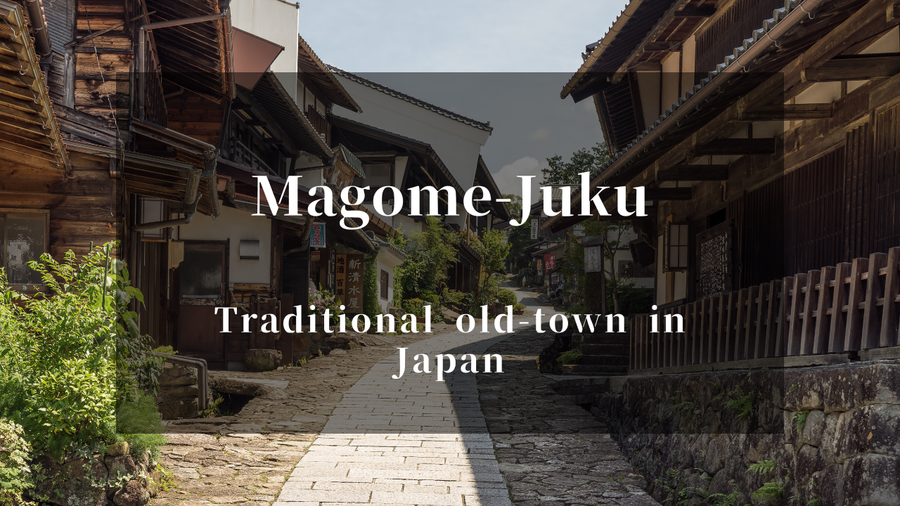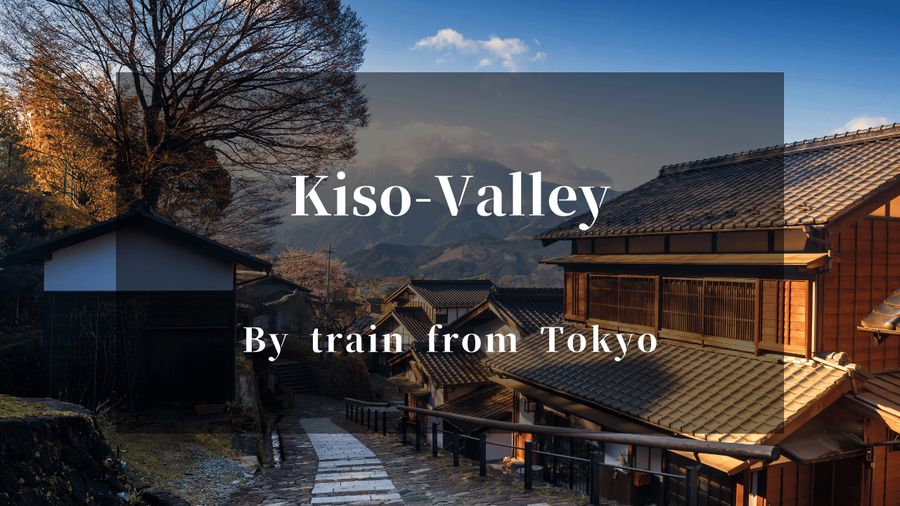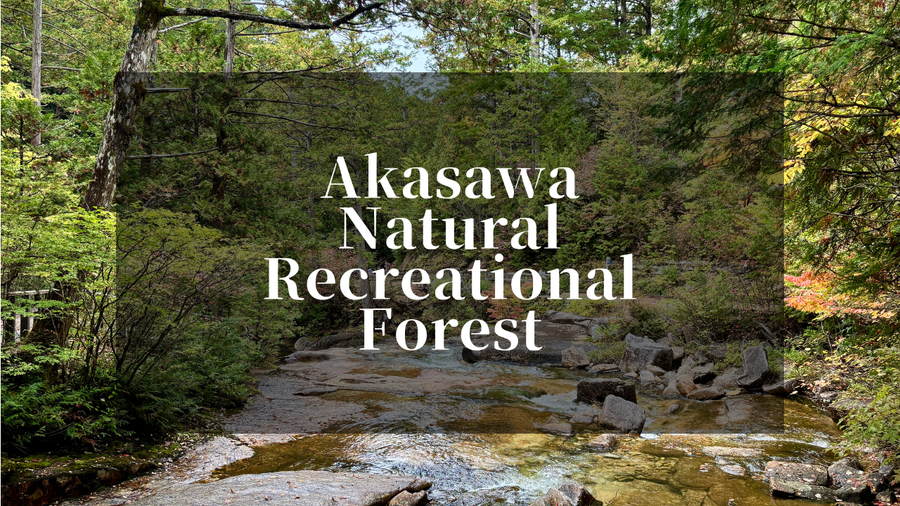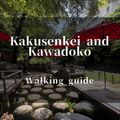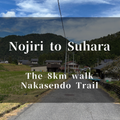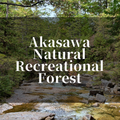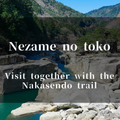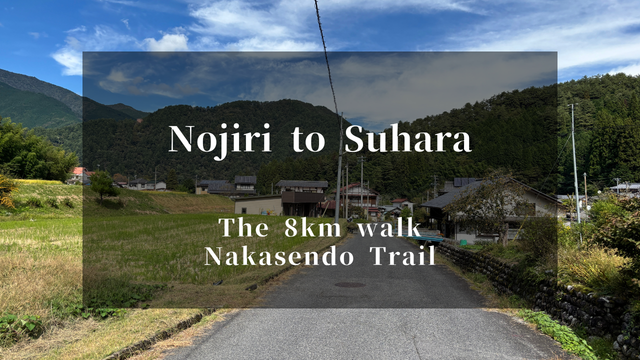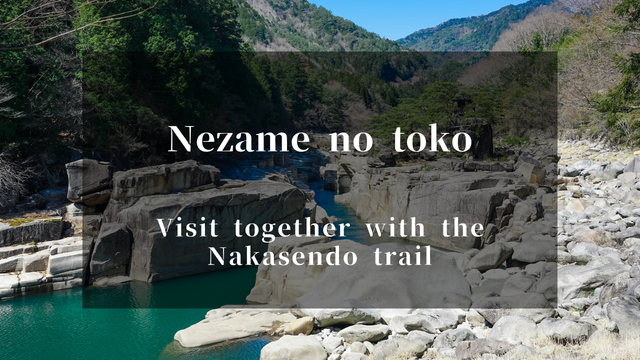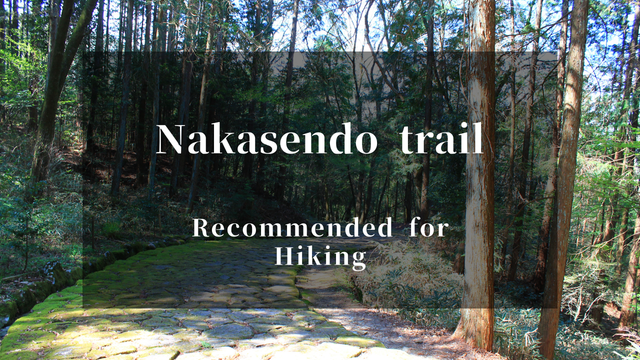Can you believe the color of this water?
I never thought such a place really existed deep in the mountains of Nagano Prefecture.
When I first saw it in a photograph, I thought, "This is a AI-processed, isn't it? The water is emerald green, turquoise blue, or some other unbelievable color. It was like a tropical beach. But this is Japan. And it only takes about 3-4 hours to get there from Tokyo.
Atera Valley (Atera Keikoku ). It is a spectacular spot in Nagano Prefecture, located in the center of Japan, and well known by those who know it. The color of the water here is called "Atera Blue," and once you see it, you will never forget it.
What is "Atera Blue"? Why is it this color?
When I first arrived at the valley and saw the water, I was amazed at how beautiful it was.
Even the bottom of the river was crystal clear. And it is not just clear. The water shines blue-green. When the sunlight hits it, it looks like a jewel melting in the water.
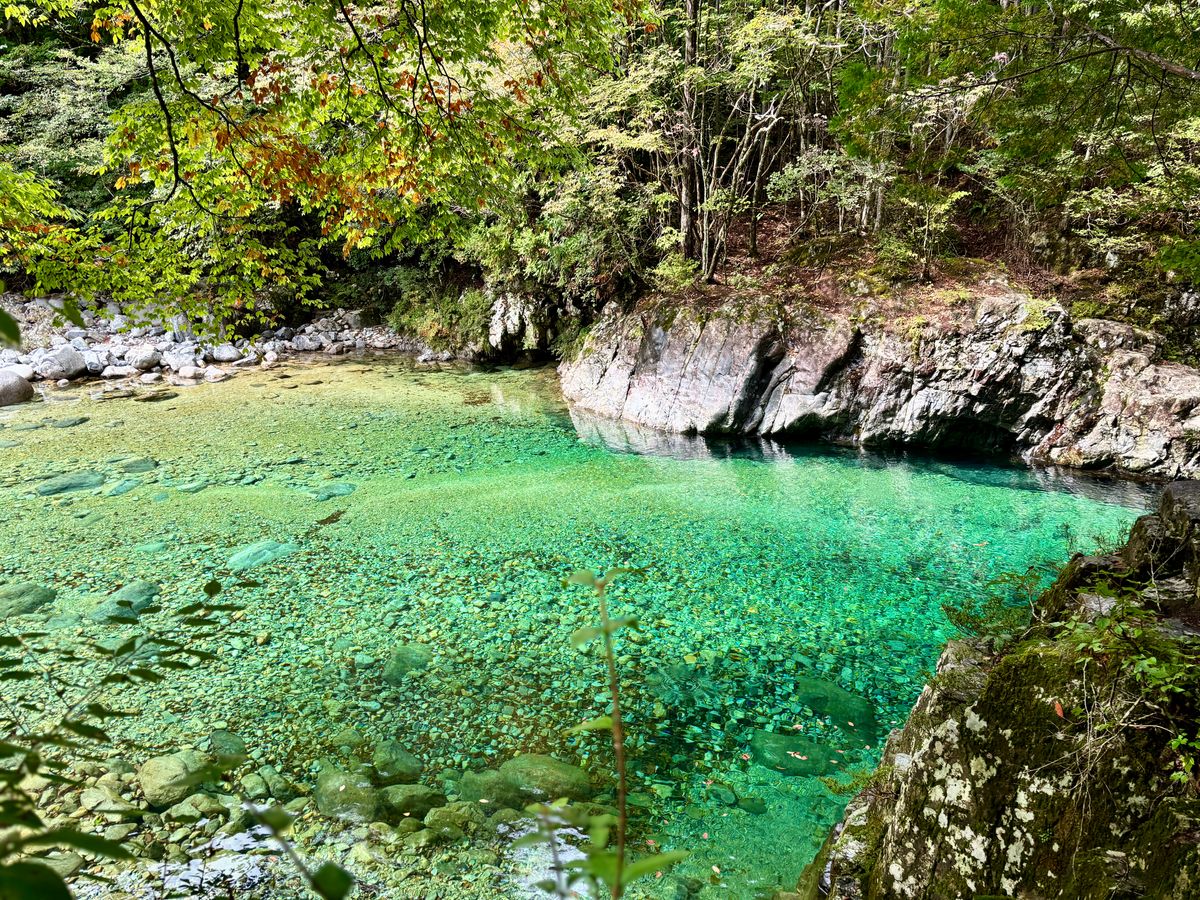
Why does the water turn this color?
Once upon a time, there was a volcano in this area. There are many white stones from the volcano at the bottom of the river. When the super clear water from the mountain flows there... the light reflects mysteriously, making it look blue-green.
It is unbeatable compared to the world-famous clear water:
Plitvice Lakes in Croatia
Jiuzhaigou in China
Blue Grotto in Italy
But the great thing about Atera Valley is that there are very few people. This is a place you should definitely visit while it is not too famous.
Recommendations for Atera Valley!
Here are a few things I recommend Atera Gorge for visitors to Japan!
Enjoy forest bathing in the Japanese countryside without the crowds.
Tokyo, Kyoto, Osaka... the famous cities are great, but this is the real Japan.
A small village with a population of about 1,800
Surrounded by deep forests and mountains
Local people are kind and warm
No convenience stores or Starbucks (which is good!)
If you are tired of places full of tourists, this is the perfect refreshment.
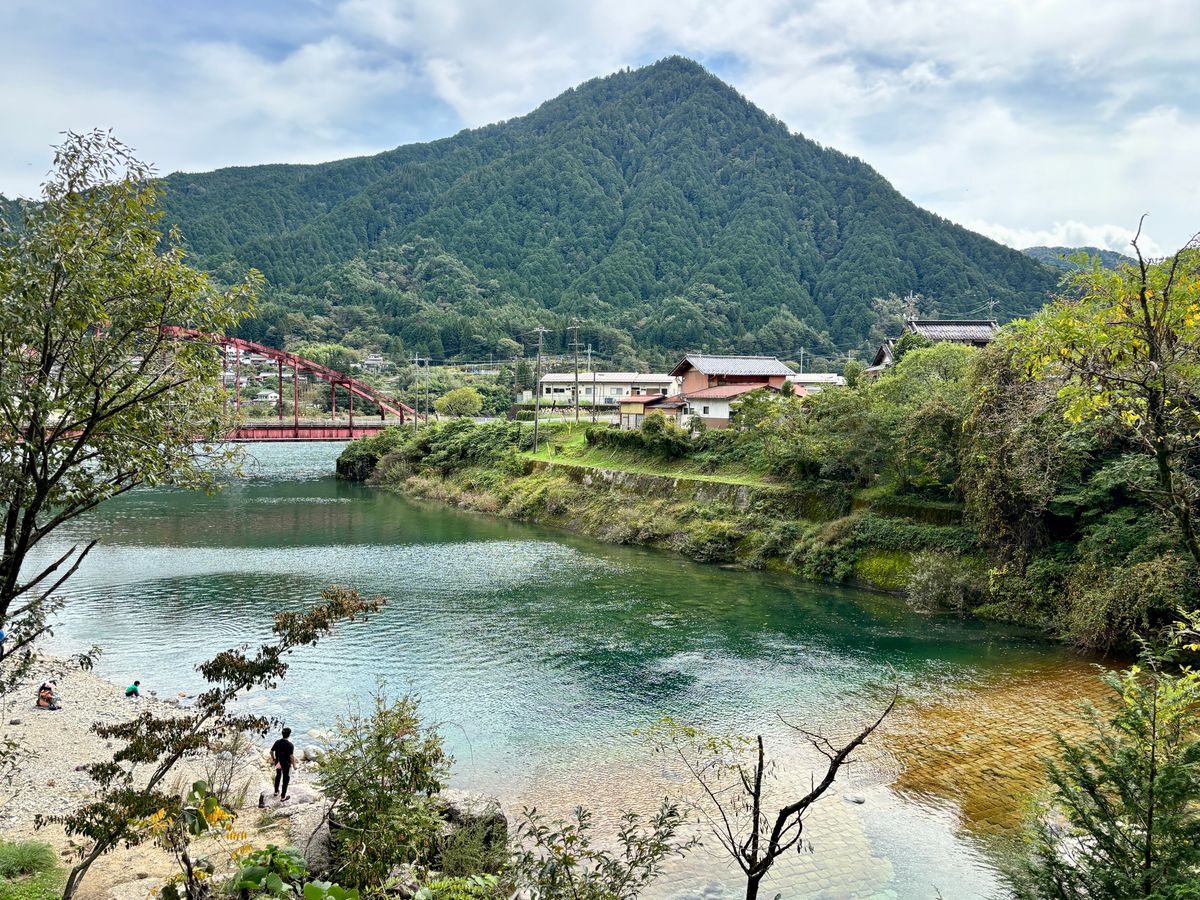
Visit with the "Nakasendo Trail", the historical road that the Samurai walked
Atera Valley is near the "Nakasendo," a path recommended for those who want to enjoy hiking in Japan.
During the Edo period (1603-1868), samurai traveled between Tokyo (then Edo) and Kyoto along a route called Nakasendo.
Atera Valley is located near this historical road. Many travelers visit this area in combination with Tsumagojuku and Magomejuku, places where Edo period townscapes still remain.
This is an irresistible combination for those who enjoy forest bathing, nature, and city walking!
You can go without a rental car!
Many rural areas in Japan cannot be reached without a car. But in Atera Valley, you can get there by train and cab only.
This is a really important point for foreign travelers. I will explain in detail later, but you can easily get there from Tokyo by taking the Shinkansen or Super Azusa to the nearest station, and from there by cab or on foot.
My Experience at Atera Valley
Here is a description of my actual walking experience in Atera Valley.
20-minute walk from Nojiri Station
The nearest station to Atera Valley is Nojiri Station(野尻駅). Nojiri Station is one of the JR lines, so it is within the JR Pass area. A 20-minute walk from Nojiri Station will take you to the entrance of Atera Valley.
📍 Atera Valley Entrance(Google Maps)
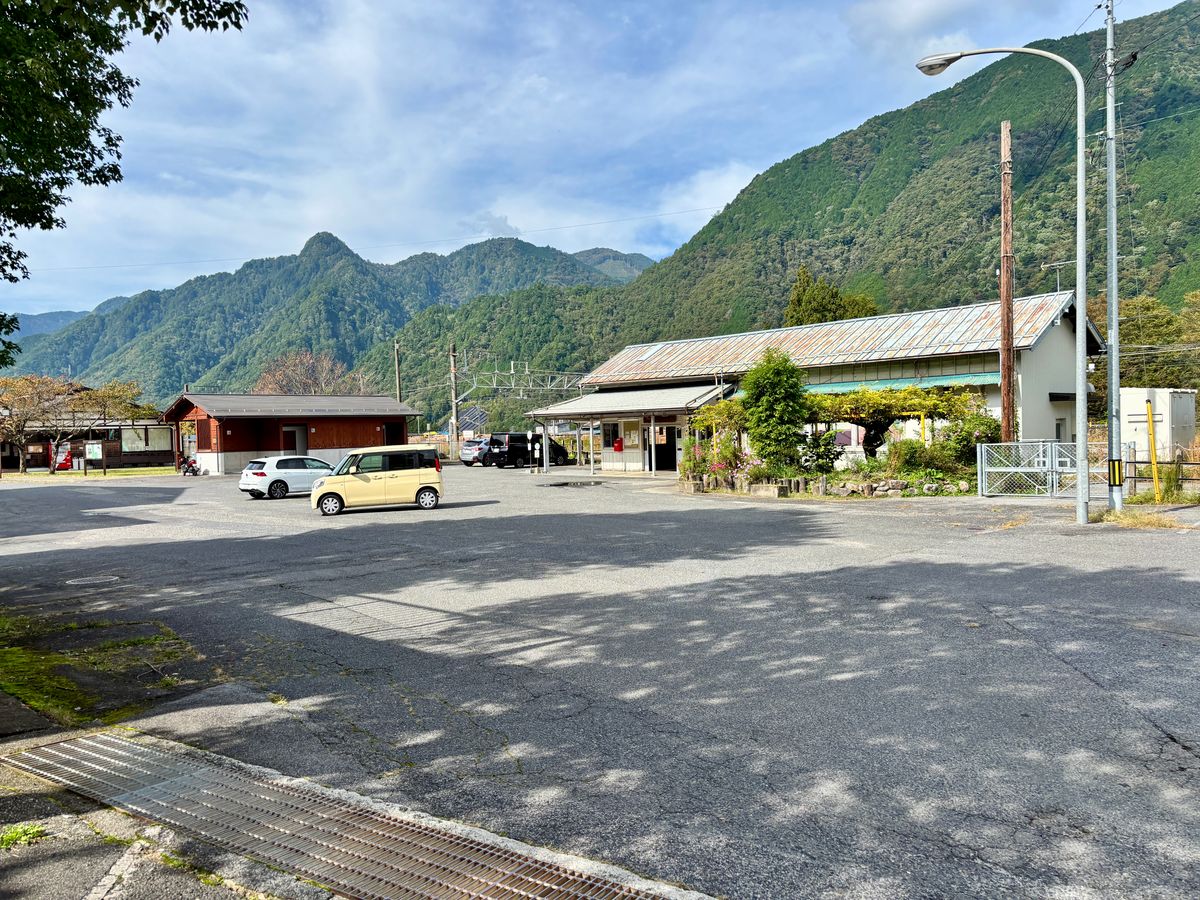
Nojiri Station (野尻駅) is one of the inn towns along the Nakasendo trail, and is often visited by tourists from overseas who come to Japan for hiking. Compared to Tsumago-juku(妻籠宿) and Magome-juku(馬籠宿), Nojiri-juku(野尻宿) is quieter, but there are some cafes, so if you have time, it might be interesting to drop by.
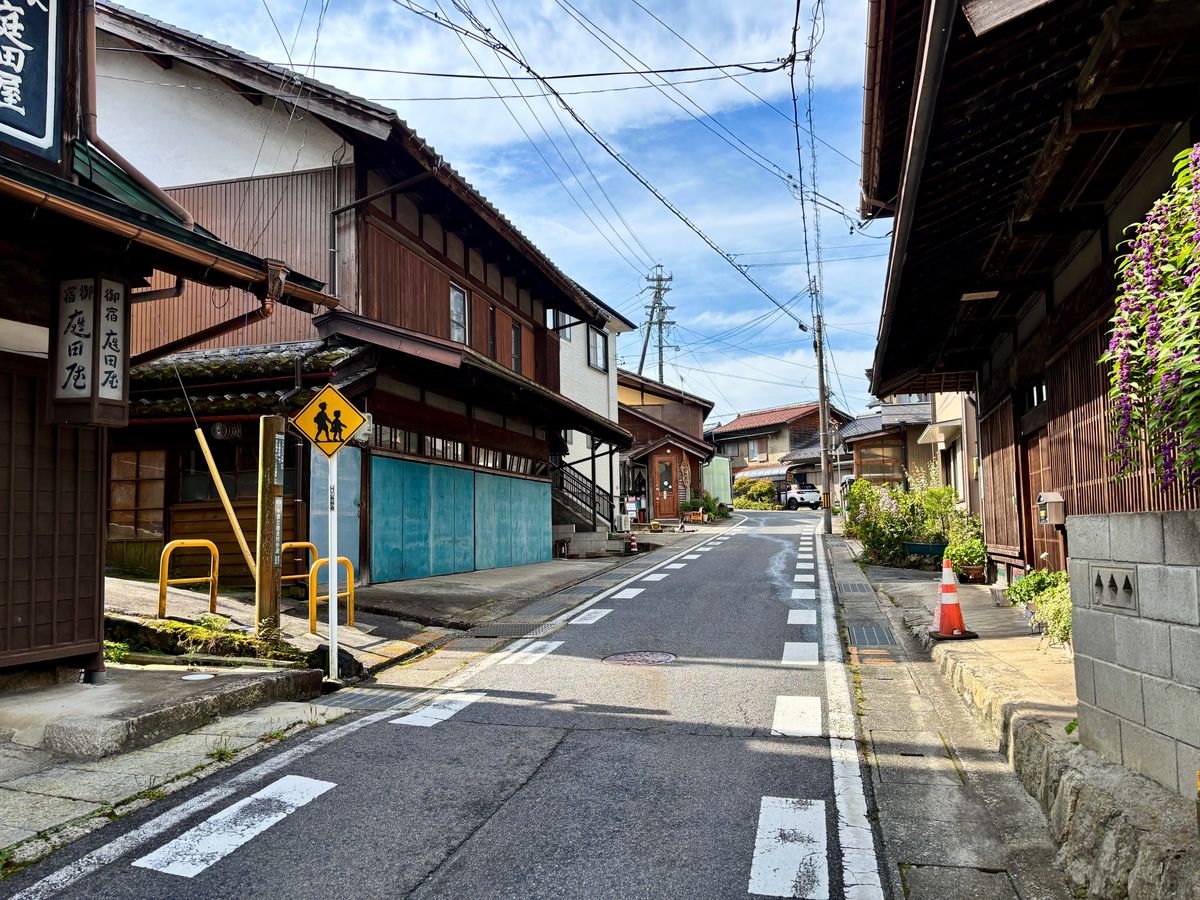
Beautiful view of the Kiso River from Atera Bridge
Walking from Nojiri Station toward the entrance of Atera Valley, you will finally see Atera Bridge crossing the Kiso River.
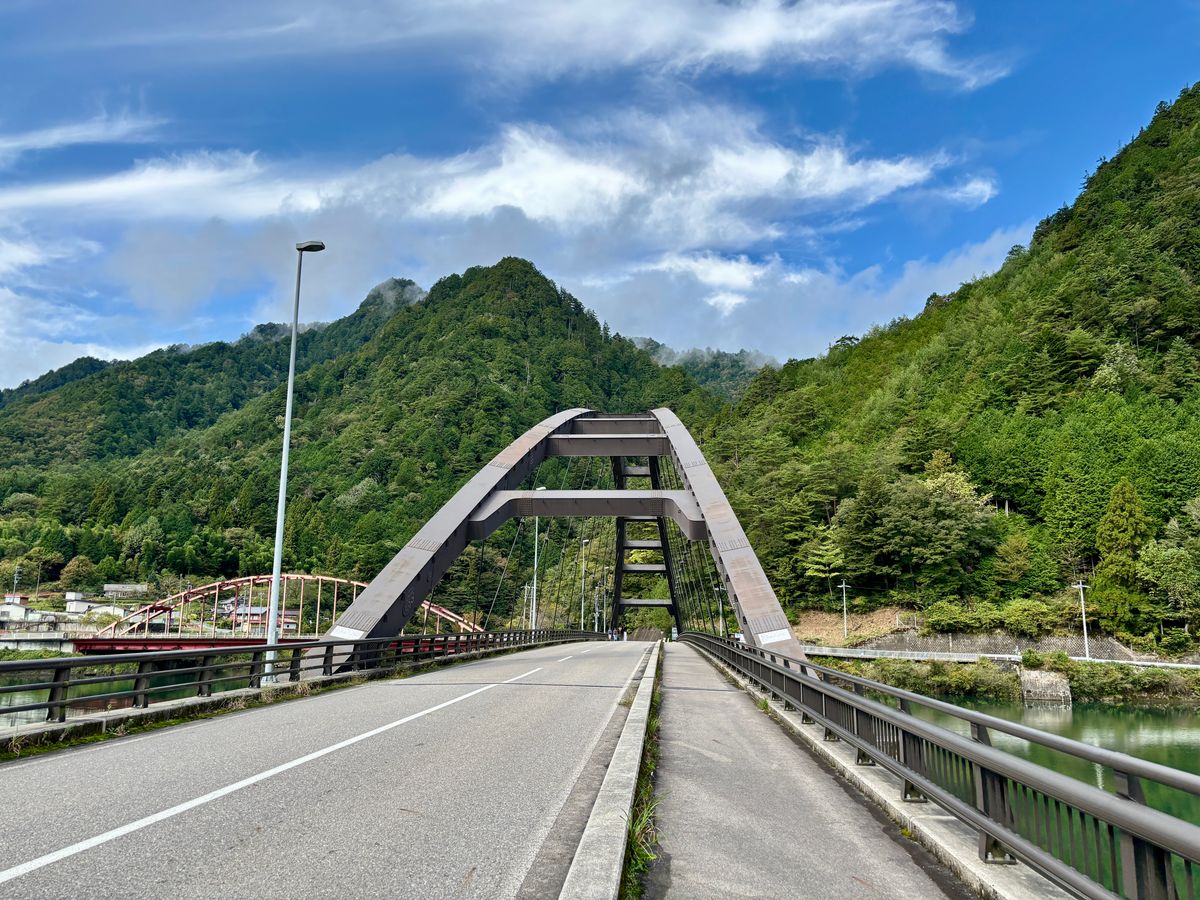
The view of the Kiso River from this Atera Bridge is very beautiful. It is a very quiet town, so just walking around was very relaxing.
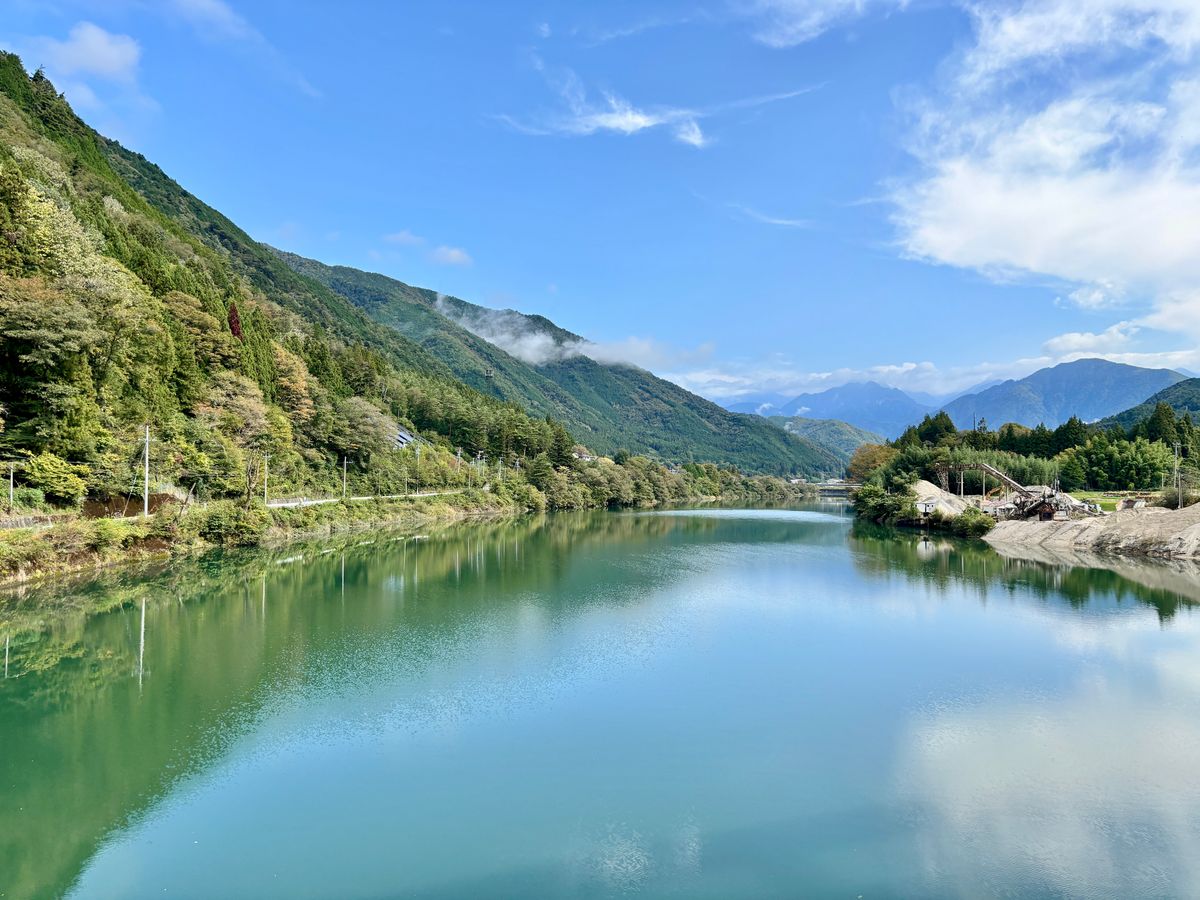
Beyond the Atera Bridge to the entrance of the Atera Valley
After crossing the Atera Bridge, the path up to the Atera Valley continues. A little further up the road in the photo below, you will see a sign for the entrance to Atera Valley. This is where the Atera Valley begins. Walking to the end of the Atera Valley is 6.3 km and takes 2 hours on foot.
There is a parking lot in the middle of the Atera Valley (about 3 km from the entrance), and you can drive to the parking lot. The number of people walking from the entrance and those driving to the parking lot were evenly split. We walked from the entrance to enjoy forest bathing in the nice weather.
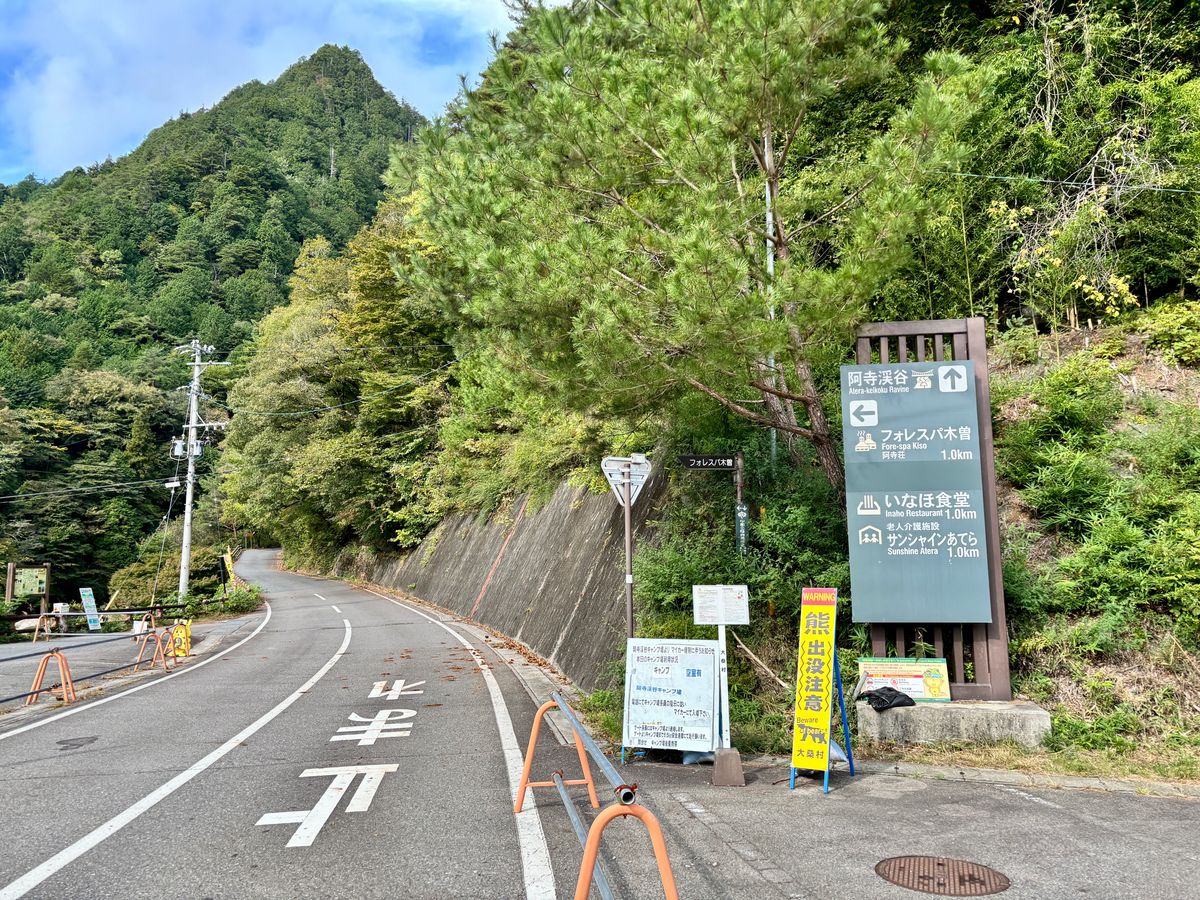
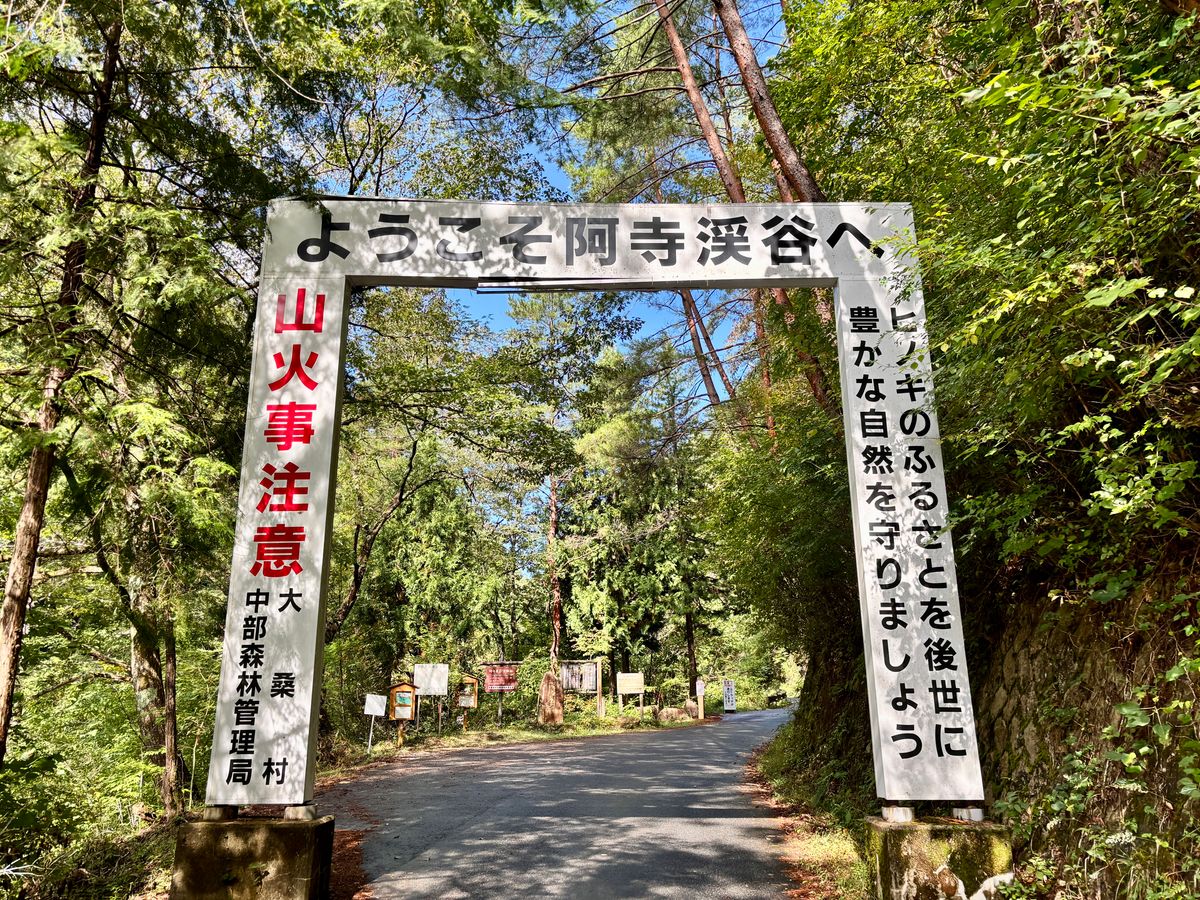
English guide book of Atera Valley
Click the link below to view the English brochure of the Atera Valley. Since cell phone signal is very poor in the Atera Valley, it is recommended that you download the English guidebook in advance.
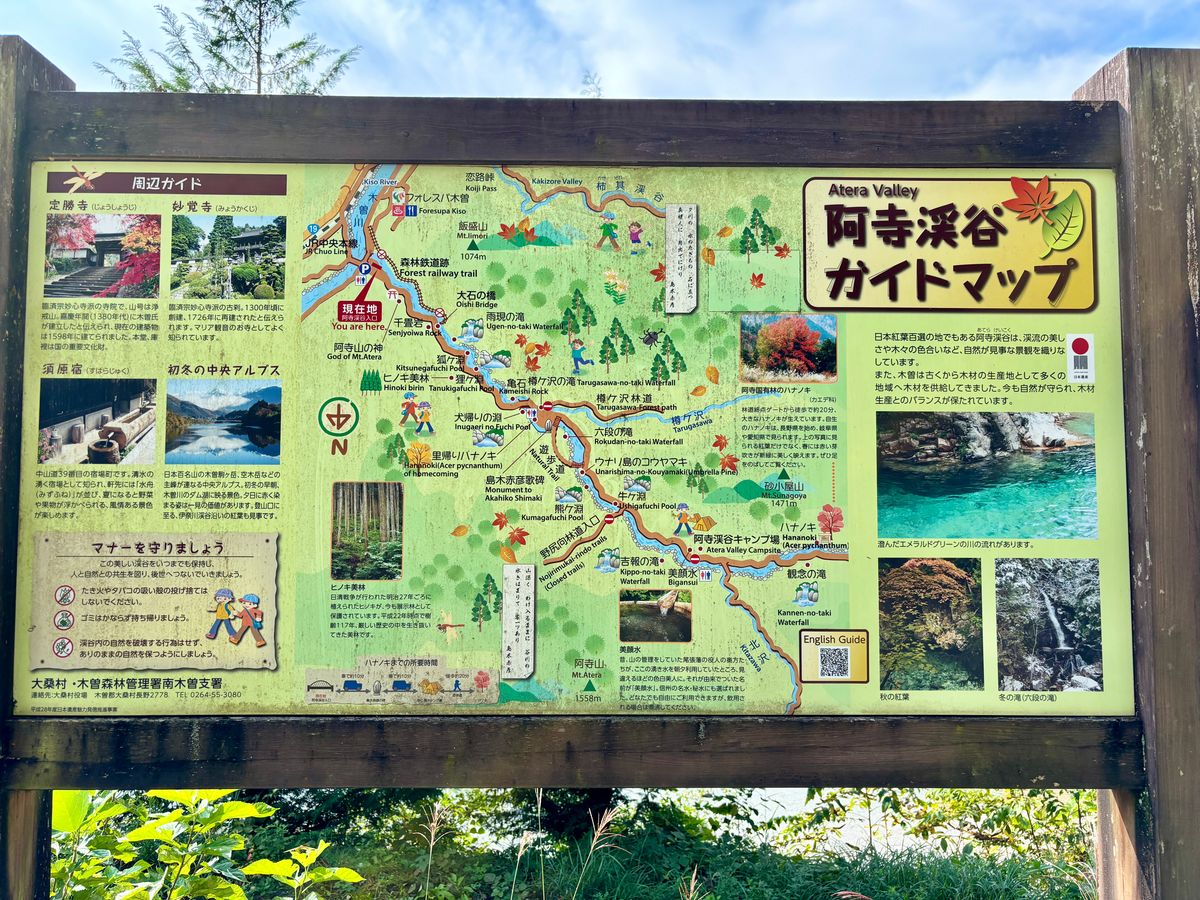
The path is paved and easy to walk on.
The paths in Atera Valley are paved with concrete, with the exception of the boardwalk at the back. Therefore, it is easy to walk. We walked in sneakers, but trekking shoes are recommended if you want to go down to the river or walk on the boardwalk at the back of the valley.
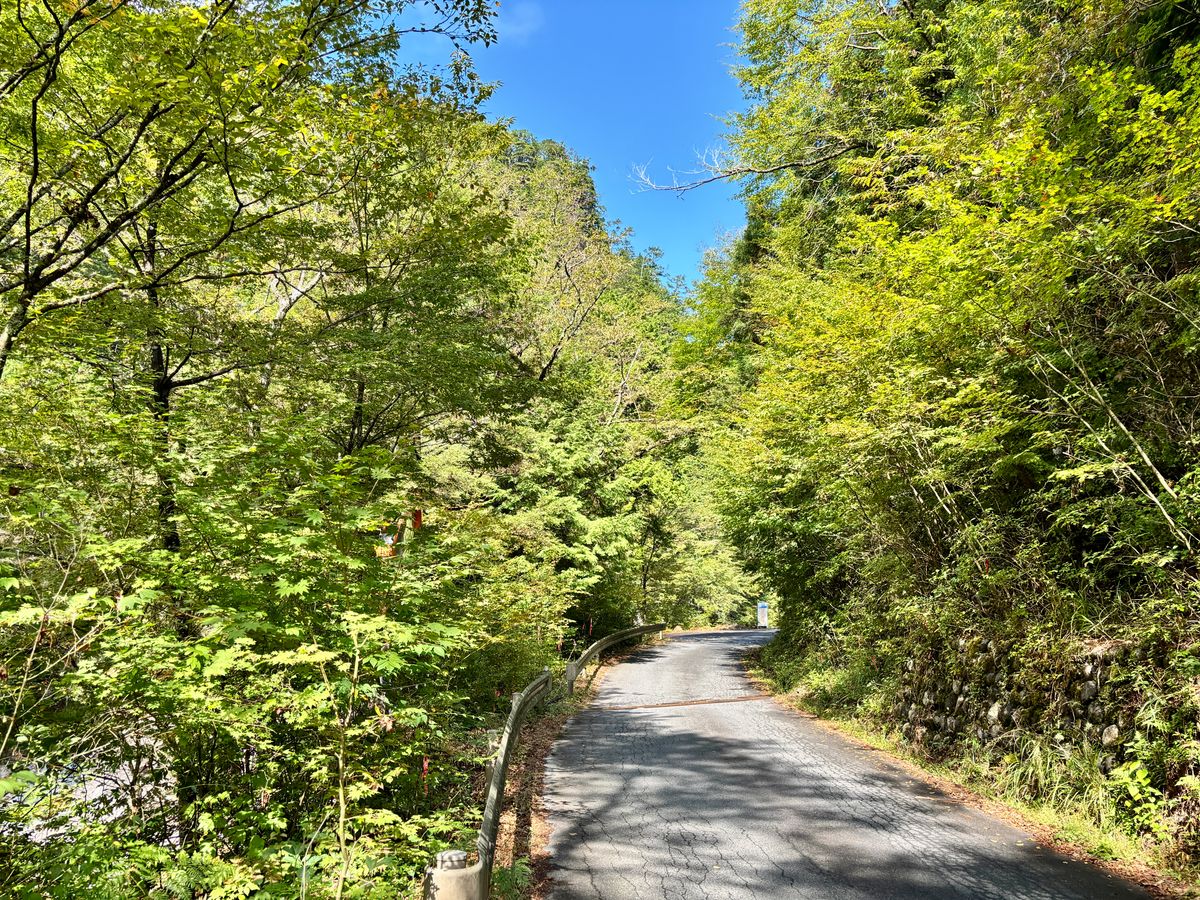
Looking down to the left from the roadway, you can see the very beautiful Atera Valley in many places. I was very surprised at the clarity of the water.
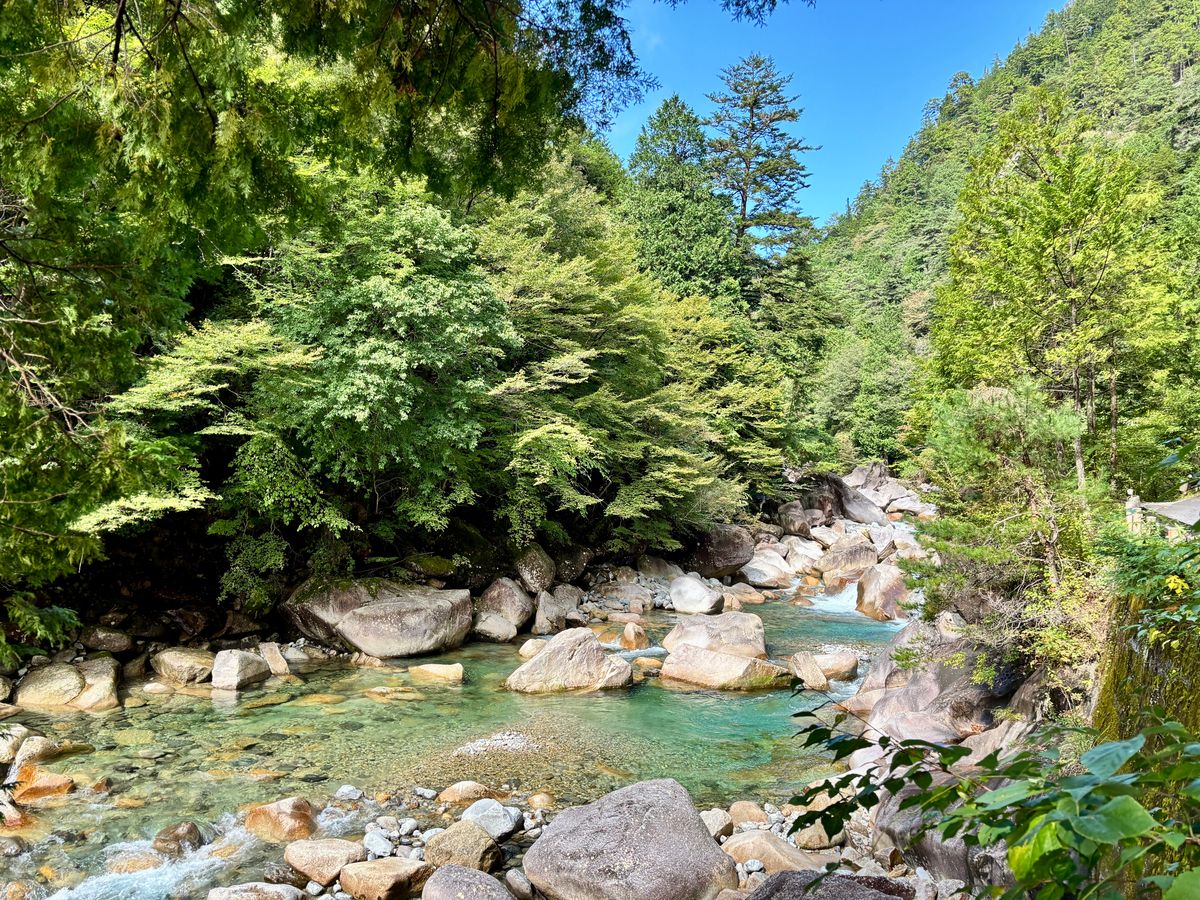
The first highlight of the Atera Valley is the ruins of the forest railroad.
After a 20-minute walk from the entrance of the Atera Valley, the first thing you will see is the remains of a forest railroad.
From 1915 to 1963, there was a small railroad here called the Atera Forest Railway. It was used to transport a special kind of tree called Japanese cypress (Hinoki). Hinoki is the most expensive wood in Japan and is used to build Japanese shrines and temples.
Here in Kiso, Hinoki logging used to be very popular, and the Ise Jingu Shrine (伊勢神宮) (one of the most important shrines in Japan) was built using wood from this Kiso area. Even today, when you walk through the valley, you can find the remains of the old railroad. It is like traveling through time.
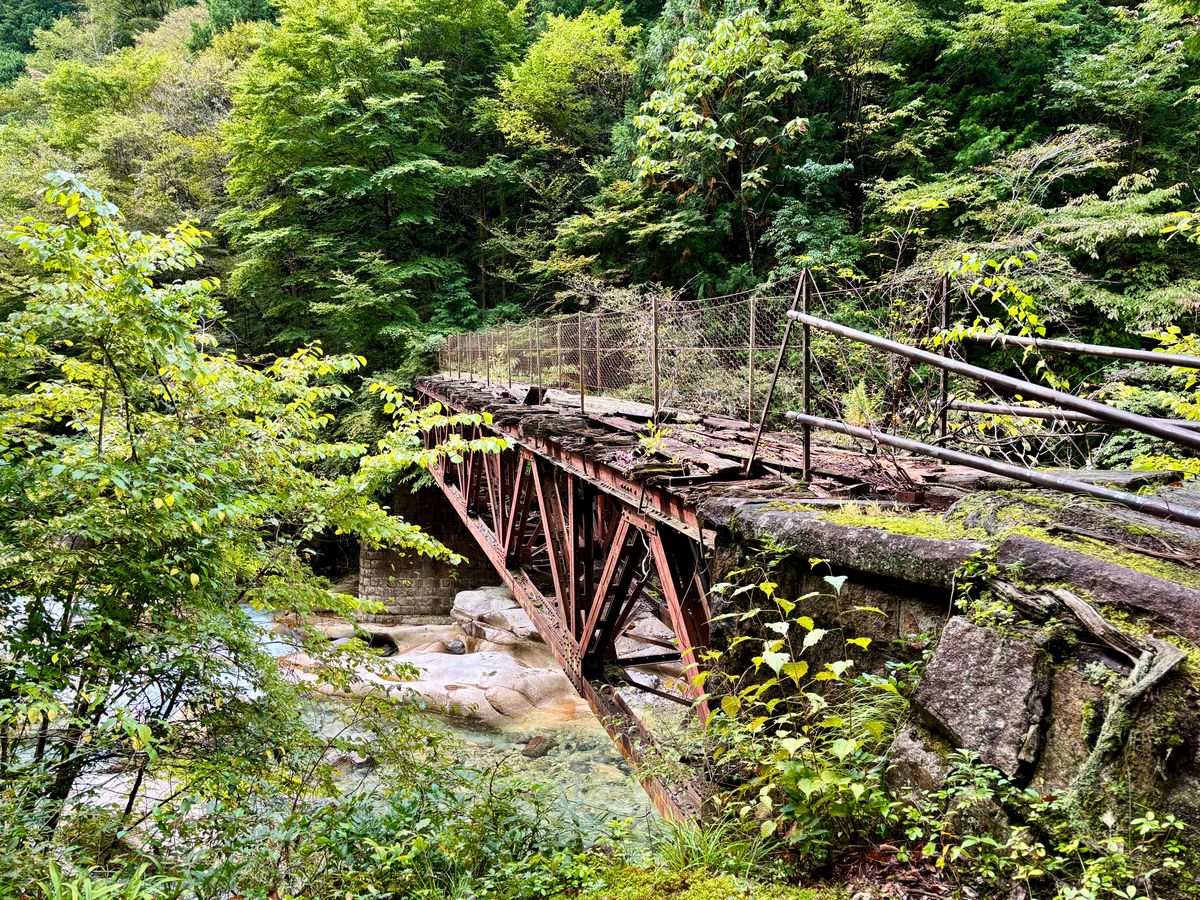
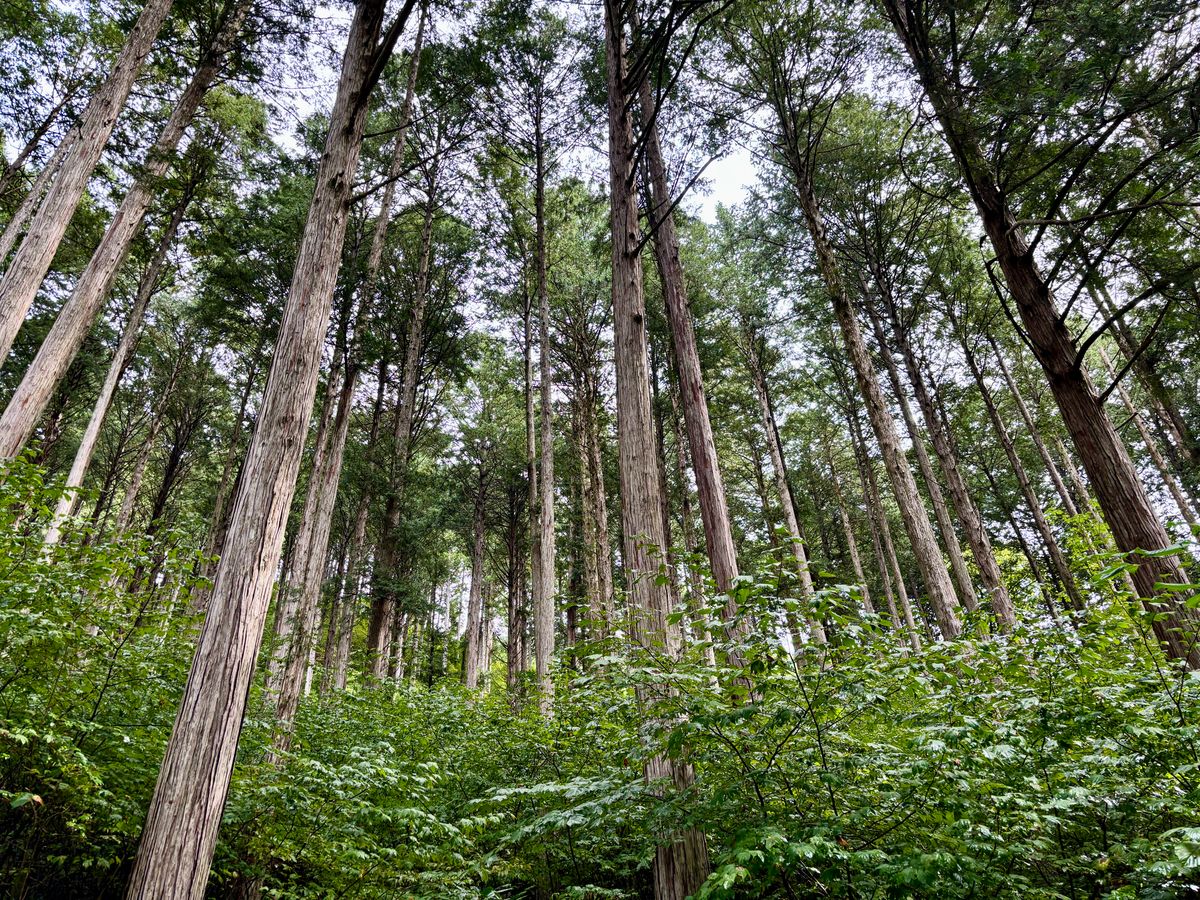
If you have time, Akasawa Natural Recreation Forest in this Kiso area is also a recommended sightseeing spot in terms of enjoying forest bathing and trekking.
Tanuki-ga-fuchi/Kitsune-ga-fuchi: A Perfect Instagram Spot
A further 15-minute walk after the forest railroad will bring you to Tanuki-ga-Fuchi. In Japan, there is an old legend that raccoon dogs(Tanuki in Japanese) and foxes(Kitsune in Japanese) transform into humans. Before transforming into humans, these shape-shifting spirits would check their reflection on the water's surface to ensure they looked convincingly human.
Many people have marveled at this place. It is like a deep blue-green pool, and the transparency of the water is unbelievable. Even the stones at the bottom of the river are clearly visible. You can go down close to the river, so please take a closer look.
You might occasionally see people swimming here.
📍 Tanuki-ga-fuchi / KItsune-ga-fuchi
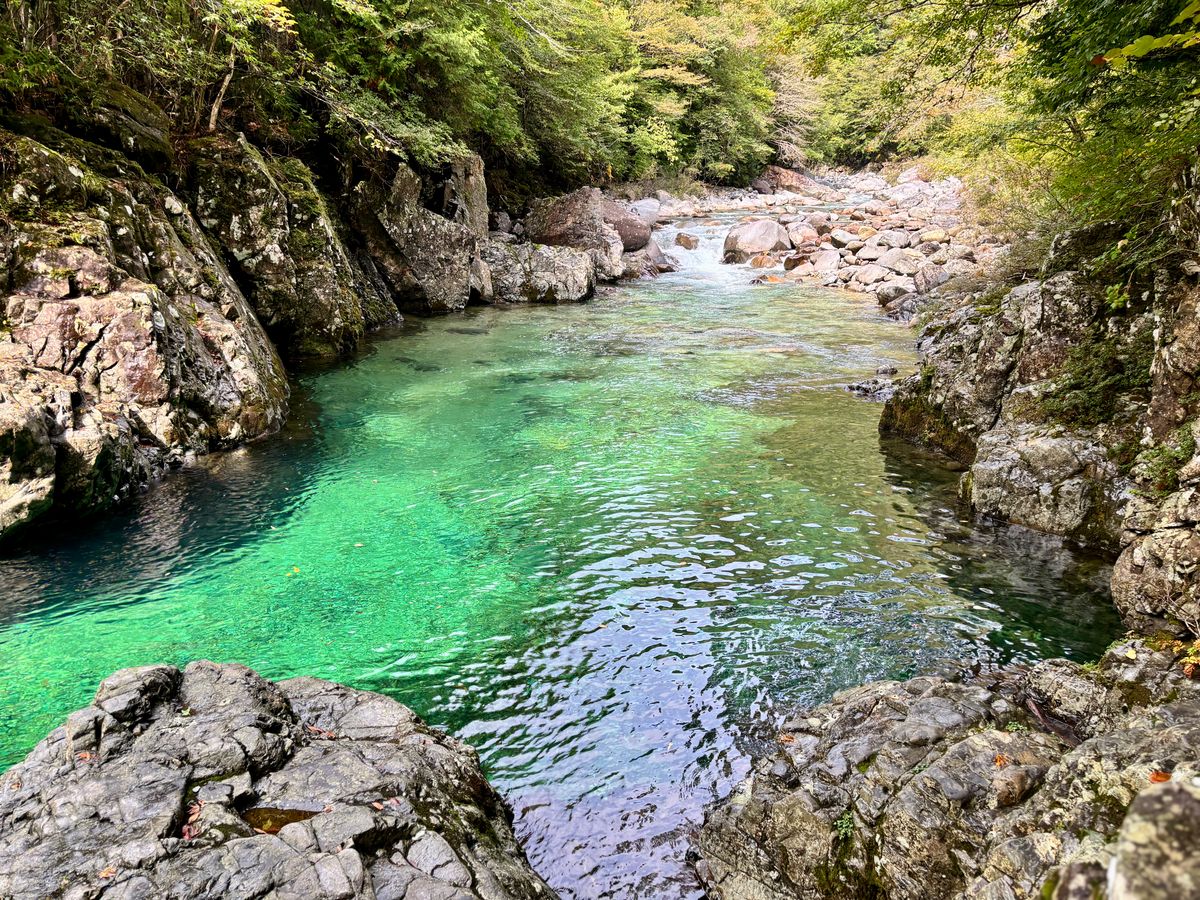
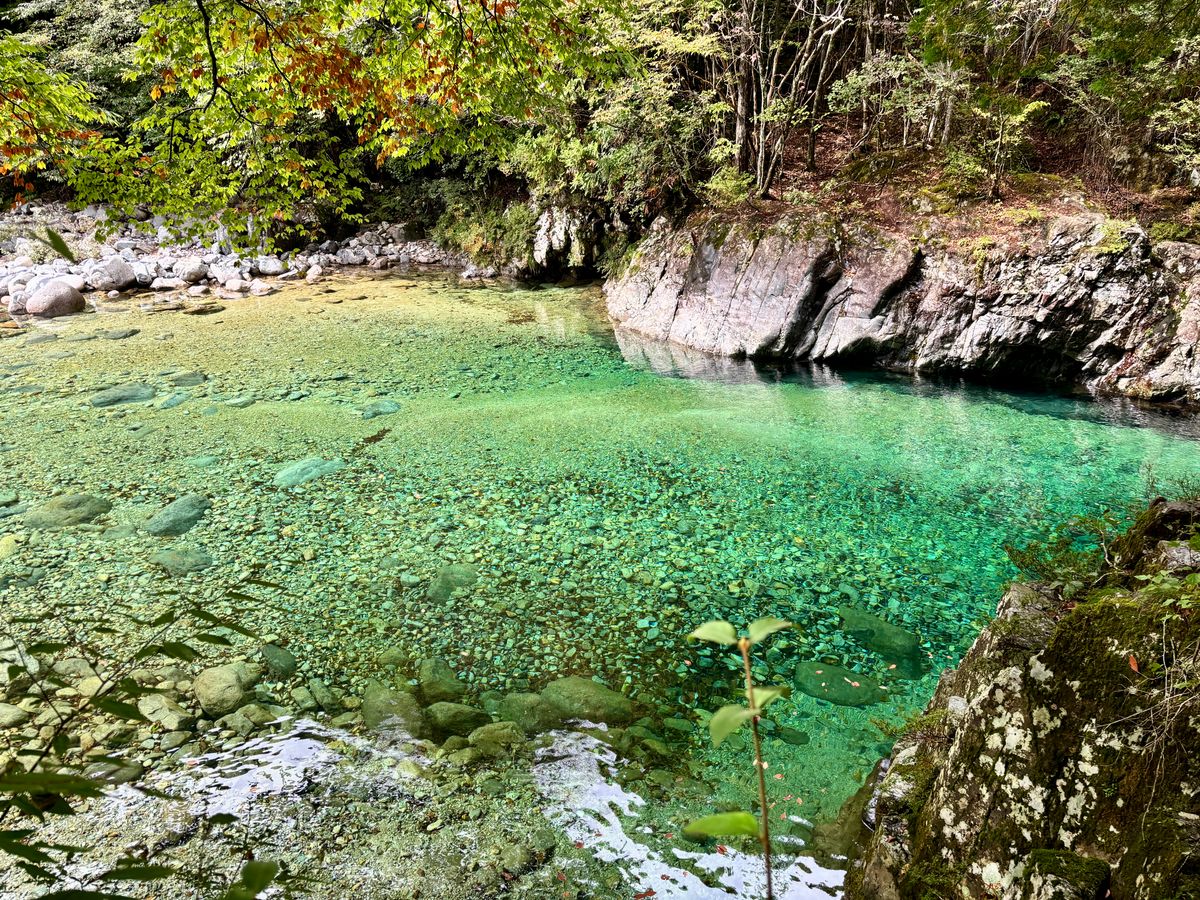
Further up the valley, there is a parking lot, restrooms, a suspension bridge, and a trail-like promenade.
How to get to Atera Valley: An easy spot to visit without a private car!
Atera Valley is an easy spot to visit without a private car. Here we will focus on how to get there from Tokyo.
Step 1: From Tokyo/Shinjuku, go to Nojiri Station (about 3 hours and 20 minutes).
The nearest station to Atera Valley is Nojiri Station. There are two ways to get there from Tokyo: take the Tokaido Shinkansen to Nagoya Station and then head for Nagoya Station, or take the limited express Azusa from Shinjuku Station to Shiojiri Station and then head for Shiojiri Station to Nojiri Station.
The fastest way is to take the Tokaido Shinkansen (A bullet train) to Nagoya Station. However, since it is a bullet train, it is expensive. If you are willing to travel 30 minutes to an hour later than that, we recommend that you take the limited express Azusa from Shinjuku Station to Shiojiri Station.
See the article below for details.
Option A: Using the Limited Express Azusa
Limited Express Azusa: Shinjuku Station → Shiojiri Station (2 hours 30 minutes)
Limited Express Shinano and JR Chuo Line: Shiojiri Station → Nojiri Station (1 hour)
Option B: Using the Tokaido Shinkansen
JR Bullet Train "Nozomi" (Shinkansen ): Tokyo Station → Nagoya Station (1 hour and 40 minutes)
Limited Express Shinano and JR Chuo Honsen: Nagoya Station → Nojiri Station (1 hour and 30 minutes)
.
How to make train reservations
JR East counter (Midori-no-madoguchi)
Online reservation: https://www.eki-net.com/en/jreast-train-reservation/Top/Index
Points to note
JR Pass available (highly recommended for foreign travelers!)
Not all Limited Express "Shinano" trains stop at Nojiri Station!
Please check the stop in advance
Suica/Pasmo cards are not accepted at Nojiri station (paper tickets are required)
Step 2: From Nojiri Station to Atera Valley (3 options)
From Nojiri Station to Atera Valley, we recommend taking a cab or walking. Walking is also recommended, as it takes only about 20 minutes and is surrounded by mountains and is beautiful.
Cabs often do not stay there and must be called by phone (Nagiso Kanko Taxi: +81-(0)264-55-4155).
Taxi Travel time: approximately 7 minutes
Taxi Estimated fare: ¥1,500-2,500
Therefore, it is basically easier to walk. To head there on foot, simply set your destination on your smartphone below and walk. It is about 2 km and takes about 20 minutes.


